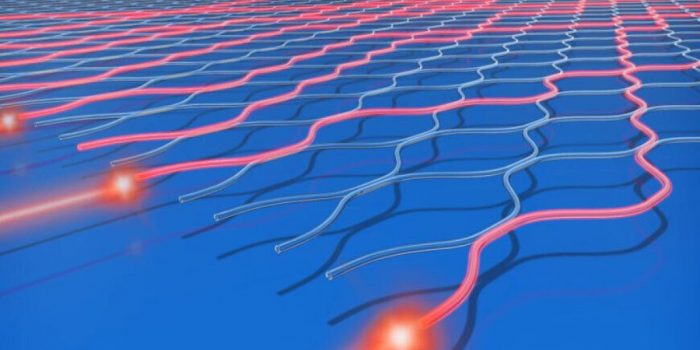Researchers in China have taken computers to a whole new level and have achieved quantum supremacy. It is a point where a quantum computer completes a calculation or a task in a fraction of seconds. Such tasks are not even possible for classical computers to perform. Jizhuang, the Chinese quantum computer, performed a calculation in 200 seconds, which a conventional system would take 2.5 billion years to solve.
Data is processed as binary bits in conventional computers; the answer would be a zero or a one. On the other hand, Quantum computers have a major advantage in that area as the answer could be a zero and a one at the same period. That increases the potential processing power at large, as two quantum bits can be in four possible states, three qubits can be in eight states, and so on.
This makes it that quantum computers can explore countless possibilities all at once. In contrast, a classical computer would have to run through each task one by one. Quantum computer is far more efficient, and now it has been dubbed for tasks which are supposedly impossible for classical computers to do.
Google was the first to have made these claims of reaching the point of quantum supremacy. They said their qubit sycamore processor had completed certain computing calculations within a span of 200 seconds.
For the latest on quantum computers, China has also reached quantum supremacy with their new development in the computing field. The Jiuzhang computer reportedly completed a much complex task in three minutes and twenty seconds, which an advanced supercomputer would do in billions of years.
The calculation and complex computation tasks were done with boson sampling. It basically computes the output of a complex optical circuit. Photons are sent into the system through many inputs, and once in place, they’re split by beam splitters and are finally bounced around by mirrors. All the variables are taken into account with Boson sampling and calculate the possible output of this puzzle– an astonishingly difficult task for a regular computer but serve as testing for quantum computers.
In this test, Jiuzhang worked with 50 photons, 100 inputs, 100 outputs, 300 beam splitters, and 75 mirrors. The computer-managed to calculate a distribution sample in the time span it takes to make tea.
That’s definitely a huge accomplishment, but it doesn’t mean that traditional computers are going anywhere any time soon. These kinds of calculations aren’t beneficial to work in themselves – they’re mostly tested to show off quantum computers’ potential power. They still have some stability issues that need to be addressed and won’t necessarily be better at everything than their predecessors.


